As you may recall, on a recent business trip to Hawaii I stayed at a lovely family-run bed & breakfast rather than one of the impersonal mega hotels in Waikiki. While staying there, I got into a routine of taking a walk around the neighborhood every day and was blown away by the concentration of beautiful bungalows of all shapes and sizes throughout the Manoa Valley…
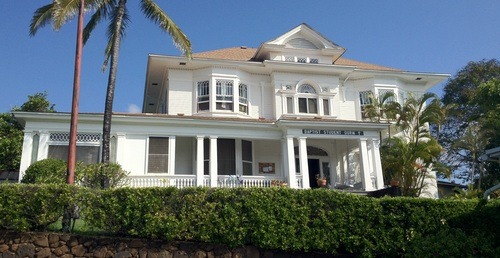
About 100 yards down the street from where I stayed, was this gorgeous home (above) that’s now occupied by a local church. There were many more of these estate-sized homes that dominated the Manoa Valley in the late 1800′s, but most have since been torn down and the properties partitioned to accommodate the smaller traditional bungalows built in their place.
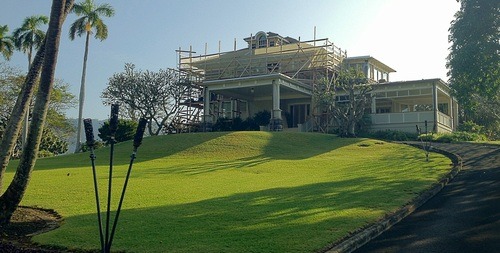
The home above is one such home that survived and is currently undergoing some restoration work on its exterior. I was told that its been used in multiple films and more recently used in the TV shows Lost and Hawaii Five-O, both of which either are or were filmed in Hawaii.
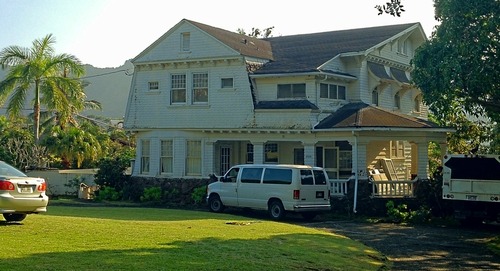
Another larger home just down the street (above) could certainly use a paint job, but the shingle siding, wrap-around front porch and detail in the exterior bracketing are beautiful nonetheless.
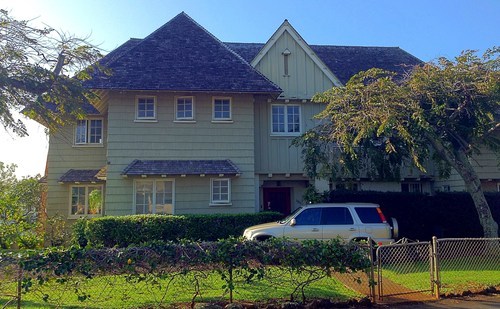
On a nearby ridge that overlooks downtown Honolulu and Waikiki is a row of homes in various styles, ranging from English Arts & Crafts and Dutch Gambrel to Tudor and Shingle Style.
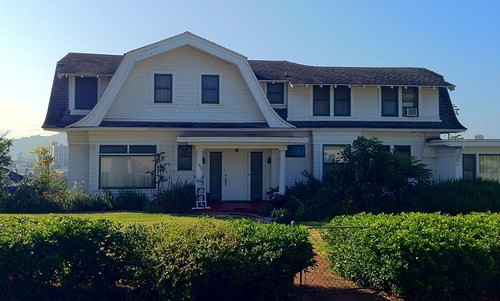
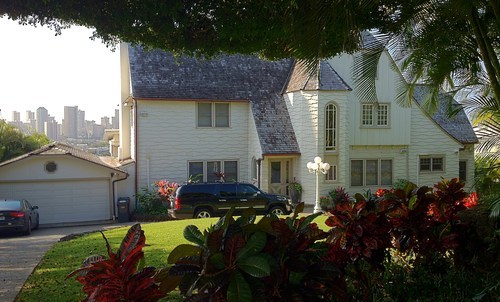
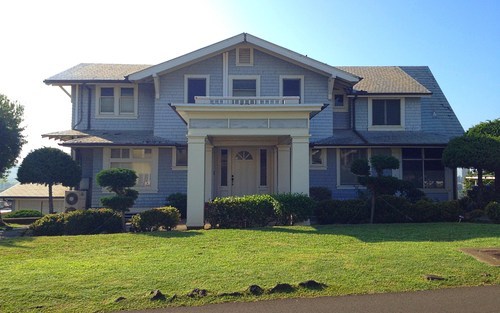
One of the most prominent homes in the Manoa Valley is the Charles Montague Cooke, Jr. House (below) – also known as Kualiʻi. Cooke was given the property by his wealthy father in 1902, and in 1911 he commissioned a large home to be designed for the site by the prestigious architecture firm of Emery & Webb. The home was completed in 1912 at a cost of $40,000. It was added to the National Register of Historic Places in 1985 and remains a private residence to this day.
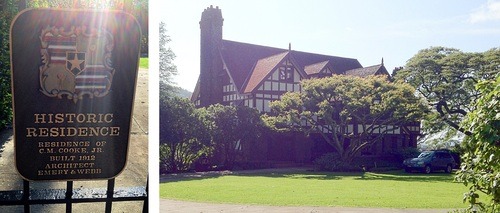
The foundation and first floor of the home are built from basalt lava rock that was quarried on-site, while the second and third floors have a traditional stucco and half-timber exterior that define the home’s distinct Tudor style. Two large lava rock fireplaces are situated at either ends of the home and a welcoming porte-cochère extends out from the home’s central entryway. The property also includes a traditional Hawaiian heiau temple that dates back over 1000 years. In 1993, the heiau was restored by the present owners of the home, Samuel Alexander Cooke (great-grandson of Charles Montague Cooke) and his wife Mary, using more rock from the site.
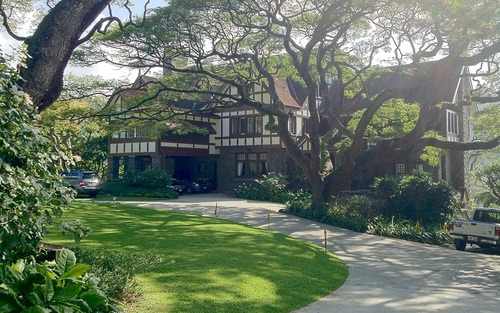
Aside from these larger estate homes, the surrounding of the Manoa Valley is a quiet, serene part of Oahu that’s home to the Island’s best collection of bungalows. I don’t have anything specific to say about these homes individually, so I’ll let their collective beauty speak for itself…
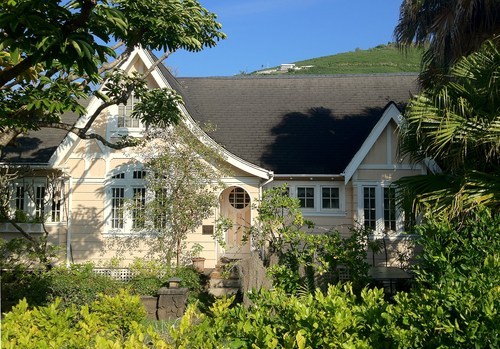
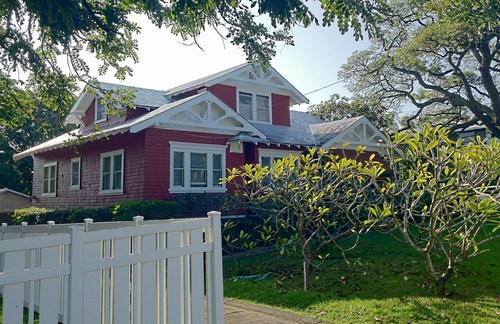
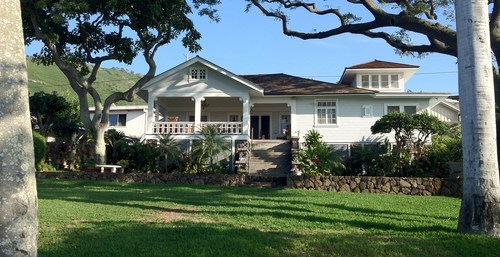
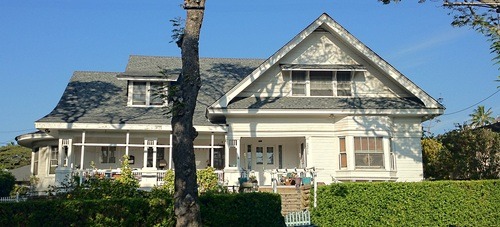
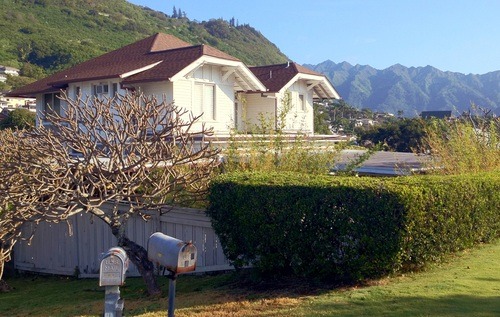
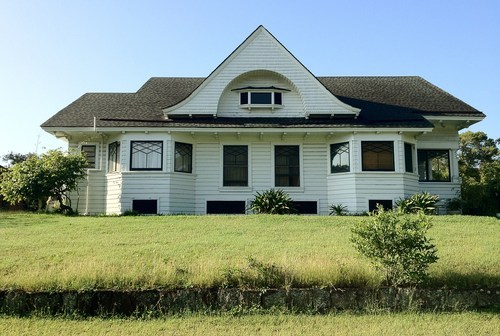
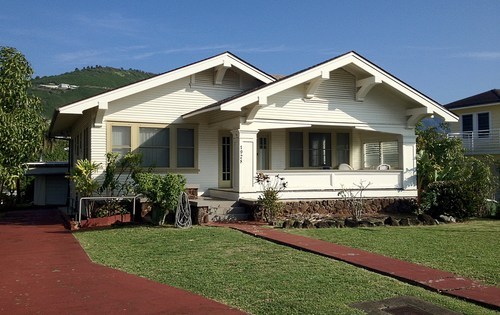
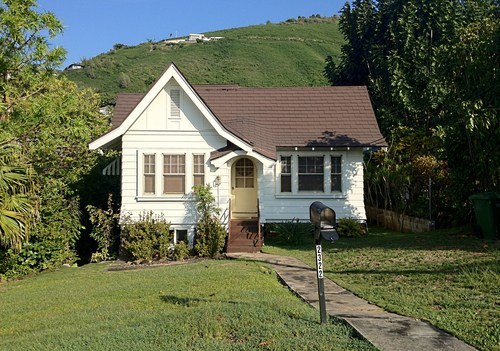
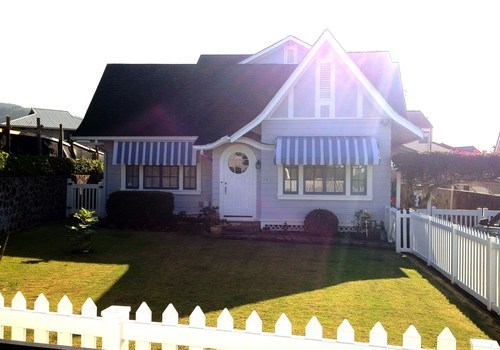
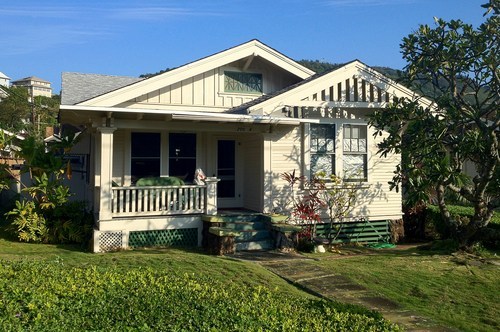

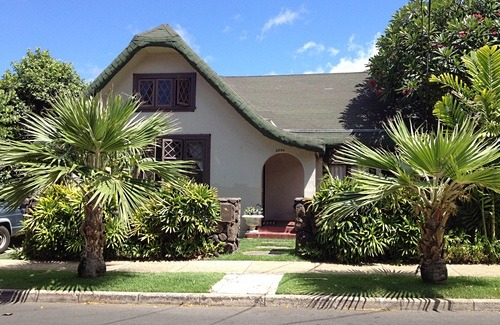
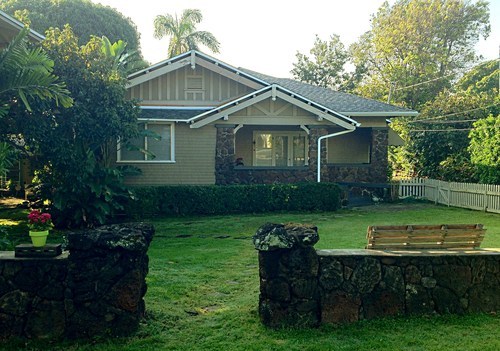
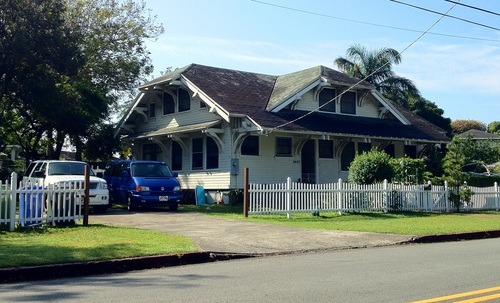
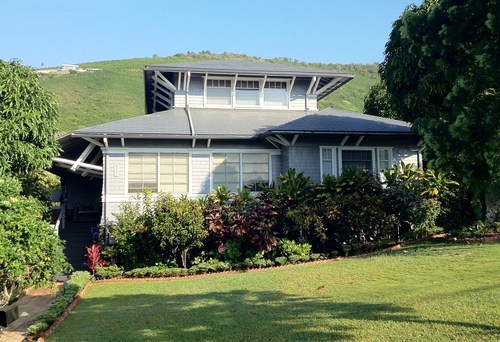
There was one other part of Oahu where my wife and I stayed a couple years ago that had a handful of bungalows that I thought I’d share. Lanikai is situated on the eastern shores of Oahu and is best know for being one of the Top 10 Beaches in the World.
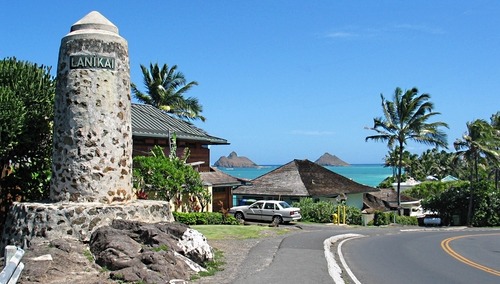
All three of the homes shown below back up to and look out over Lanikai Beach. I particularly like the mailbox on this first one (below) – it’s a miniature version of the house!
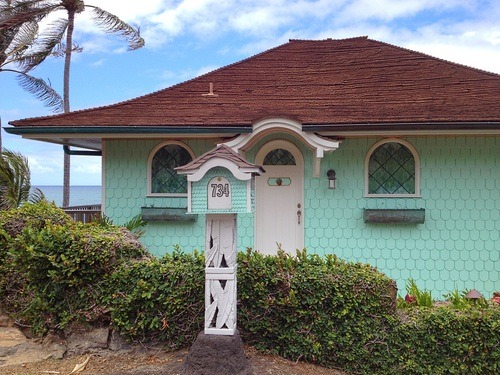
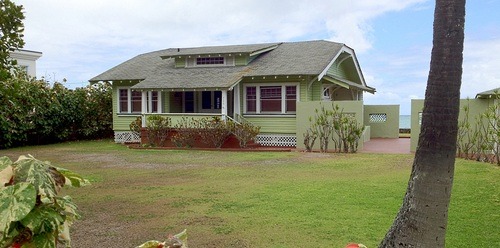
The home above is about as traditional a bungalow as you’ll find, and it’s just as much at home in Oahu as would be in Ohio. The one below clearly has a strong Asian influence and reminds me of the Tea House in the Japanese Garden at the Huntington Botanical Gardens near Pasadena.

I have to admit that I was pleasantly surprised by the depth and breadth of bungalows on Oahu. I guess I just always assumed that the bungalow aesthetic was something that was only found on the mainland, but when you factor in that much the island was settled in the late 1800′s and early 1900′s, then it starts to make sense. This was period in American history that the Arts & Crafts Movement was at its peak. Add to that the strong Asian architectural presence in the Islands and it makes even more sense, given that some aspects of the bungalow style evolved from Asian influences.
If you’re ever visit Oahu, get off the beaten path and keep an eye out for bungalows, they’re more common than you might think…
Aloha!




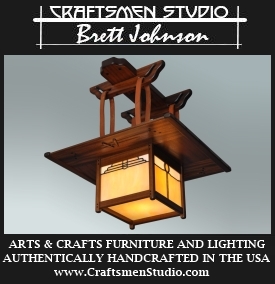
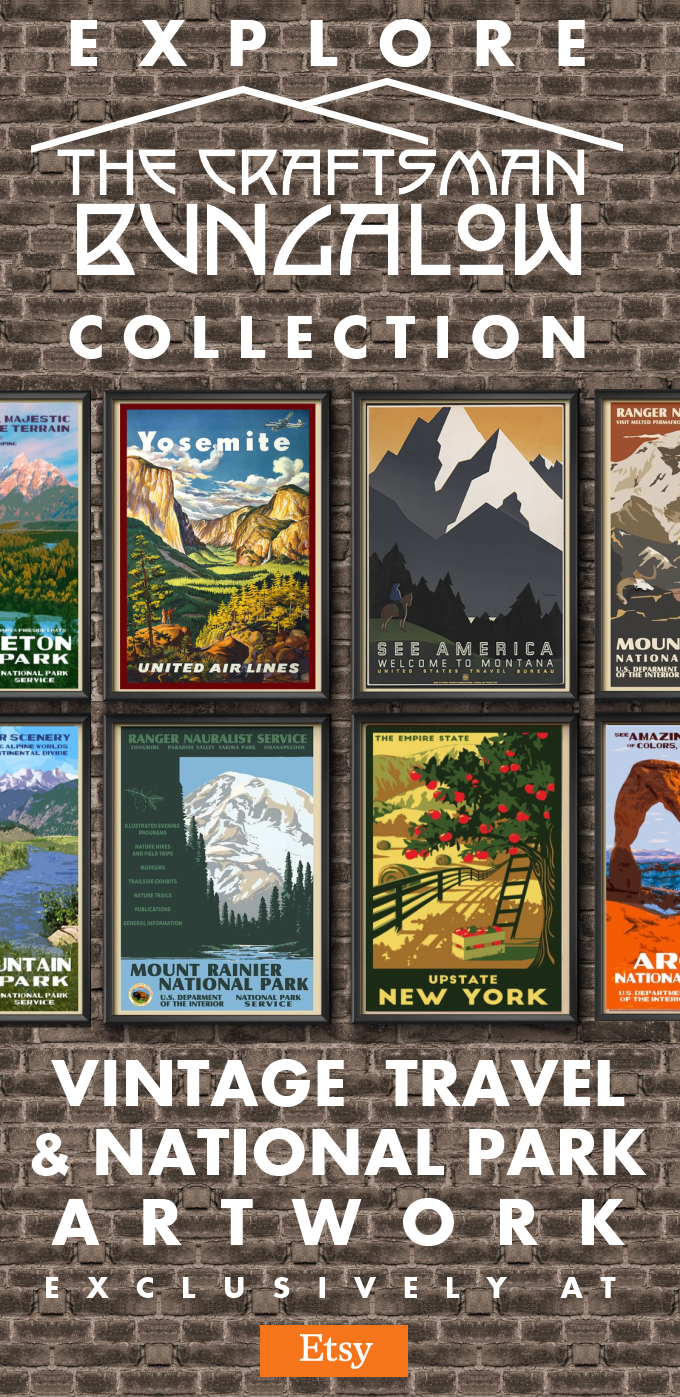
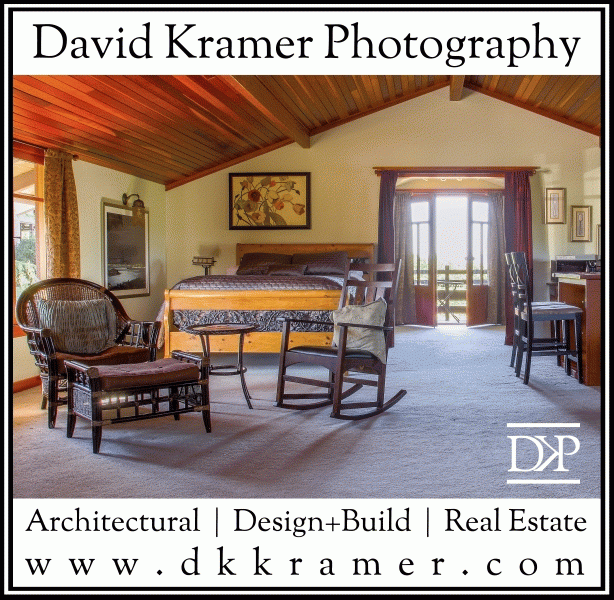
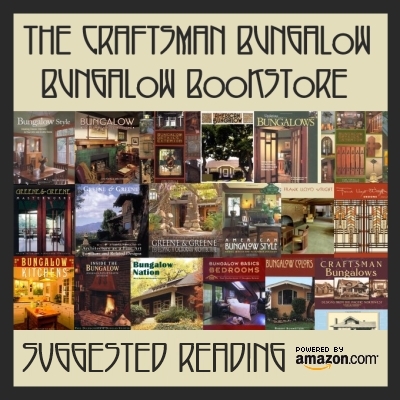
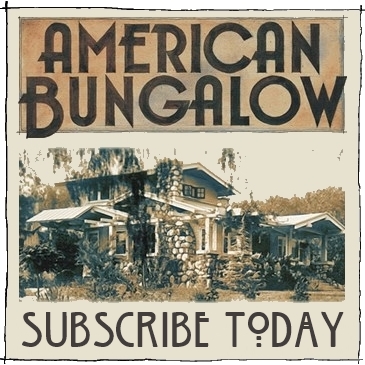

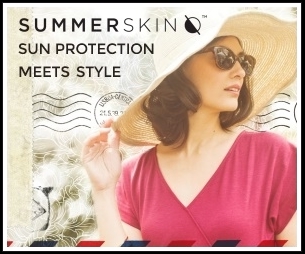
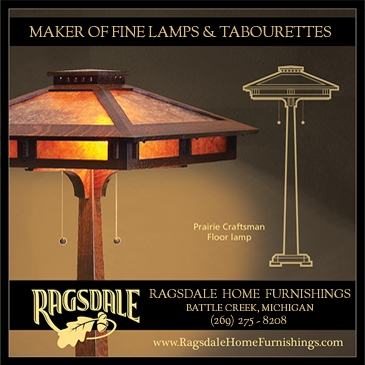
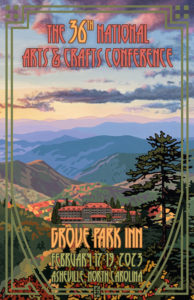





3 comments
Yvonne Jaramillo Ahearn says:
Apr 26, 2016
Love that you featured many of the beautiful bungalow homes on Oahu. it’s unfortunate that so many have fallen into disrepair or been eaten by termites. Other neighborhoods on Oahu with a smattering of historic bungalow homes inlcude Kaimuki and Diamond Head. ~ Aloha
haibui says:
Apr 17, 2019
beautiful bungalow homes
Richard Puetz says:
Jul 17, 2019
So influential in Hawaii and in the craftsman style were premier architects Emory & Webb. Is there any chance that this same Webb was the son of Philip Speakman is Webb, architect of William Morris’s Red House?